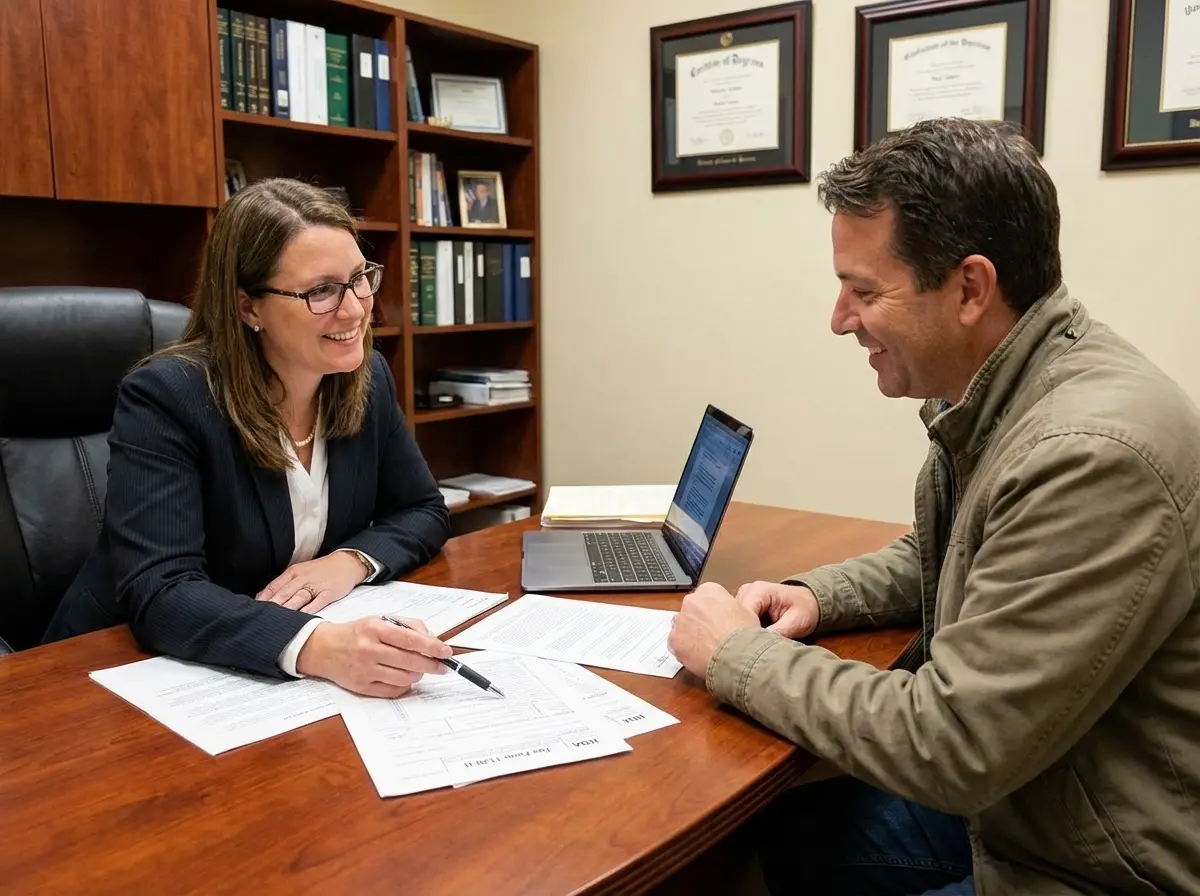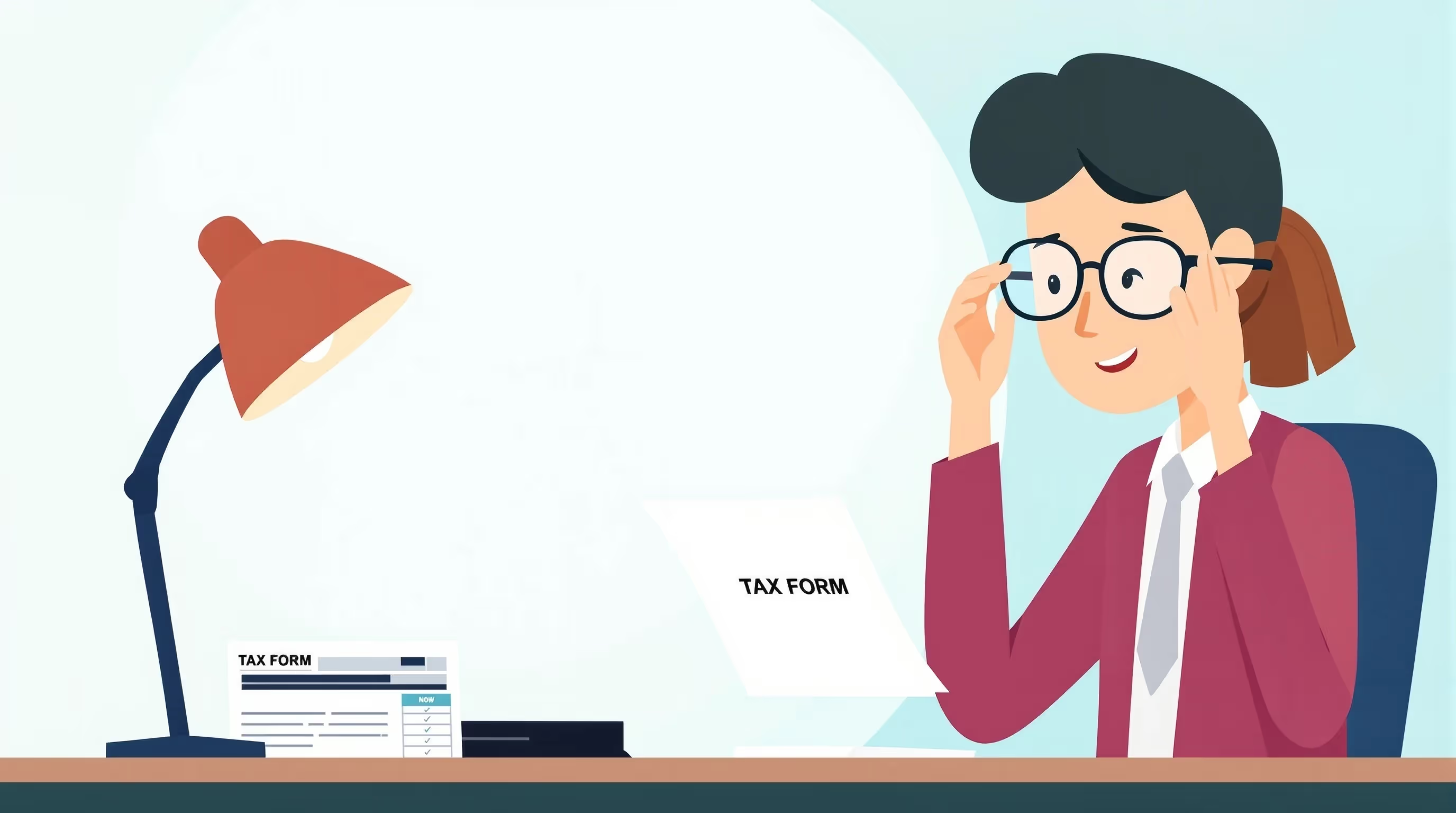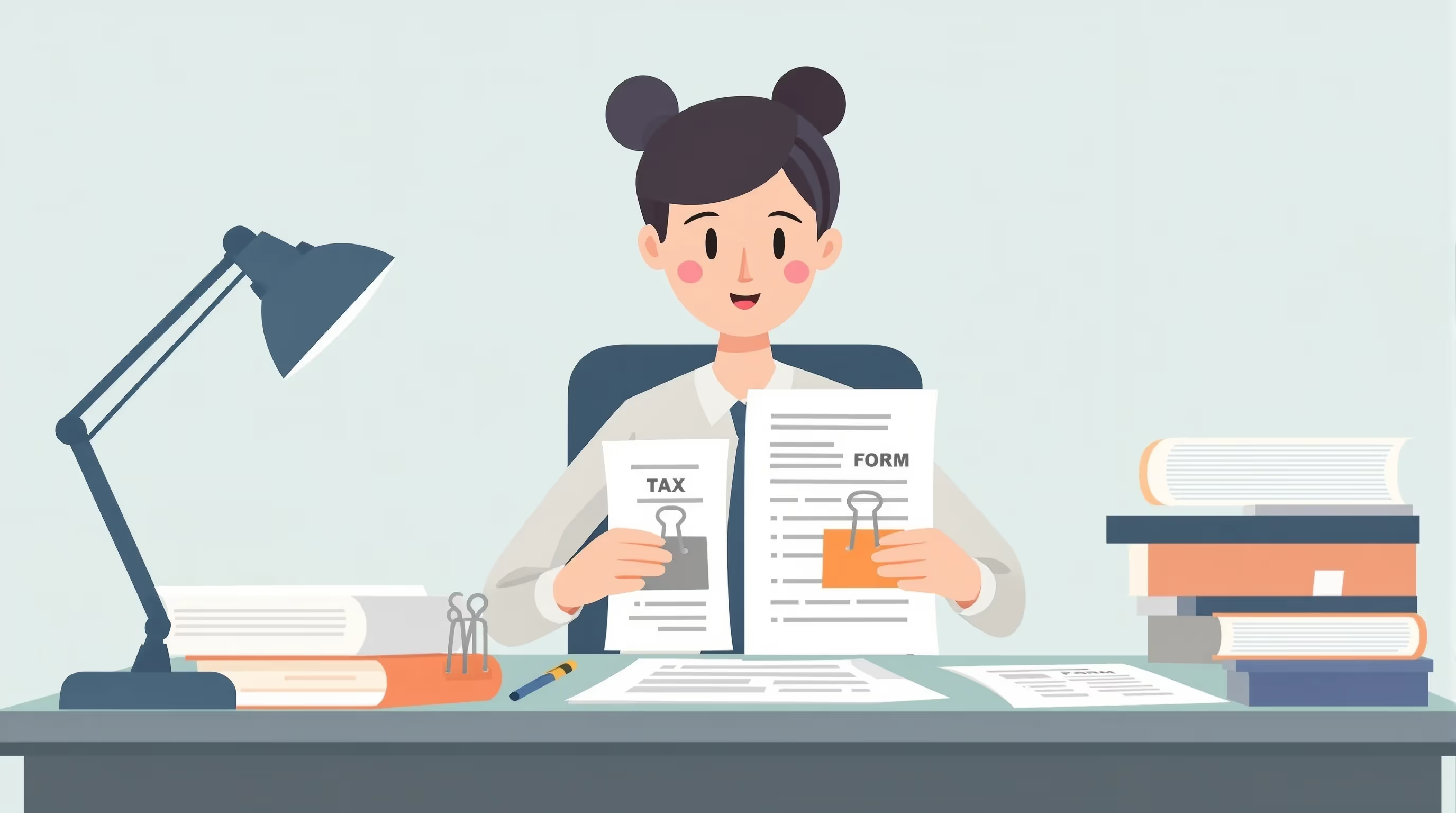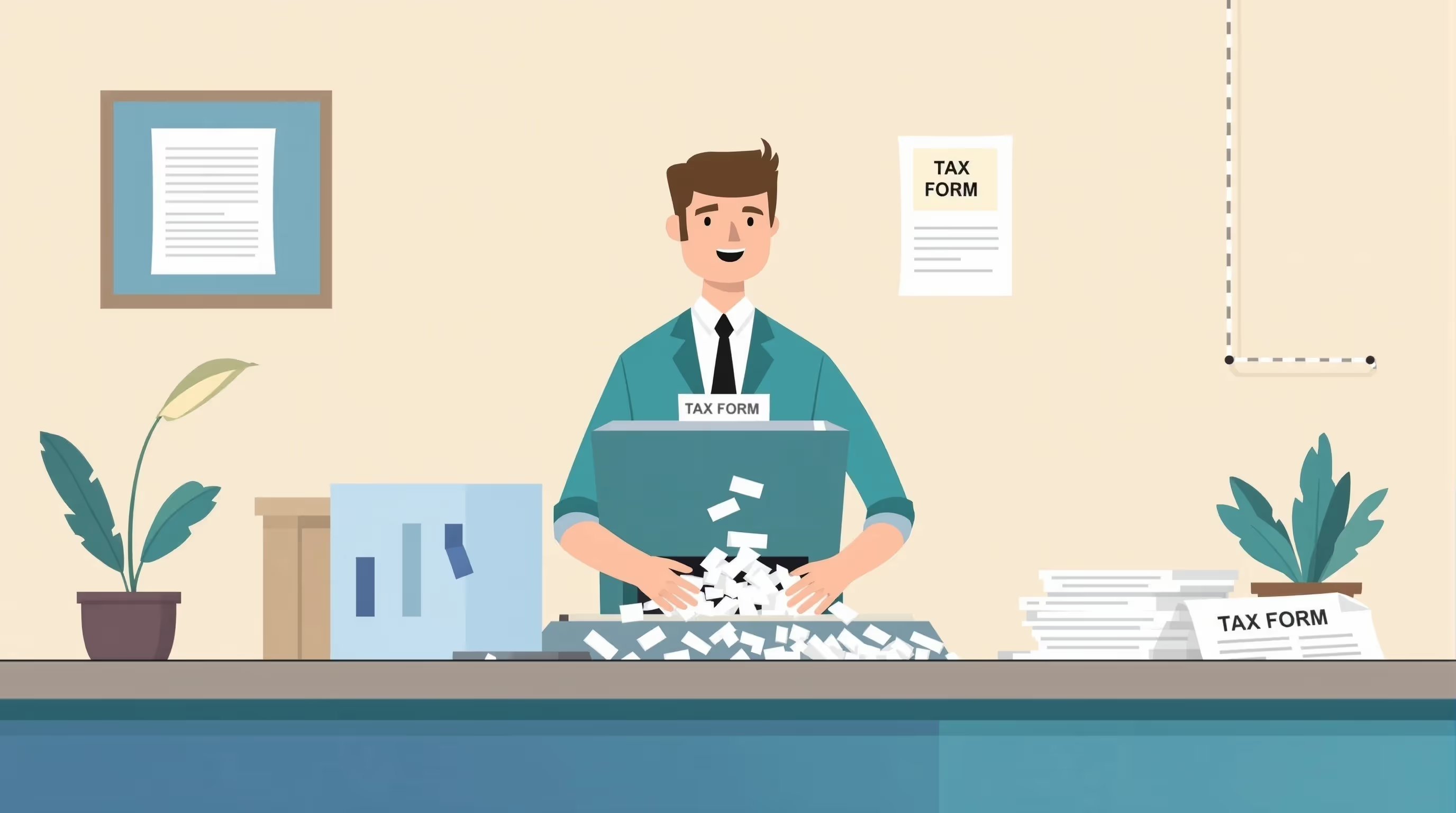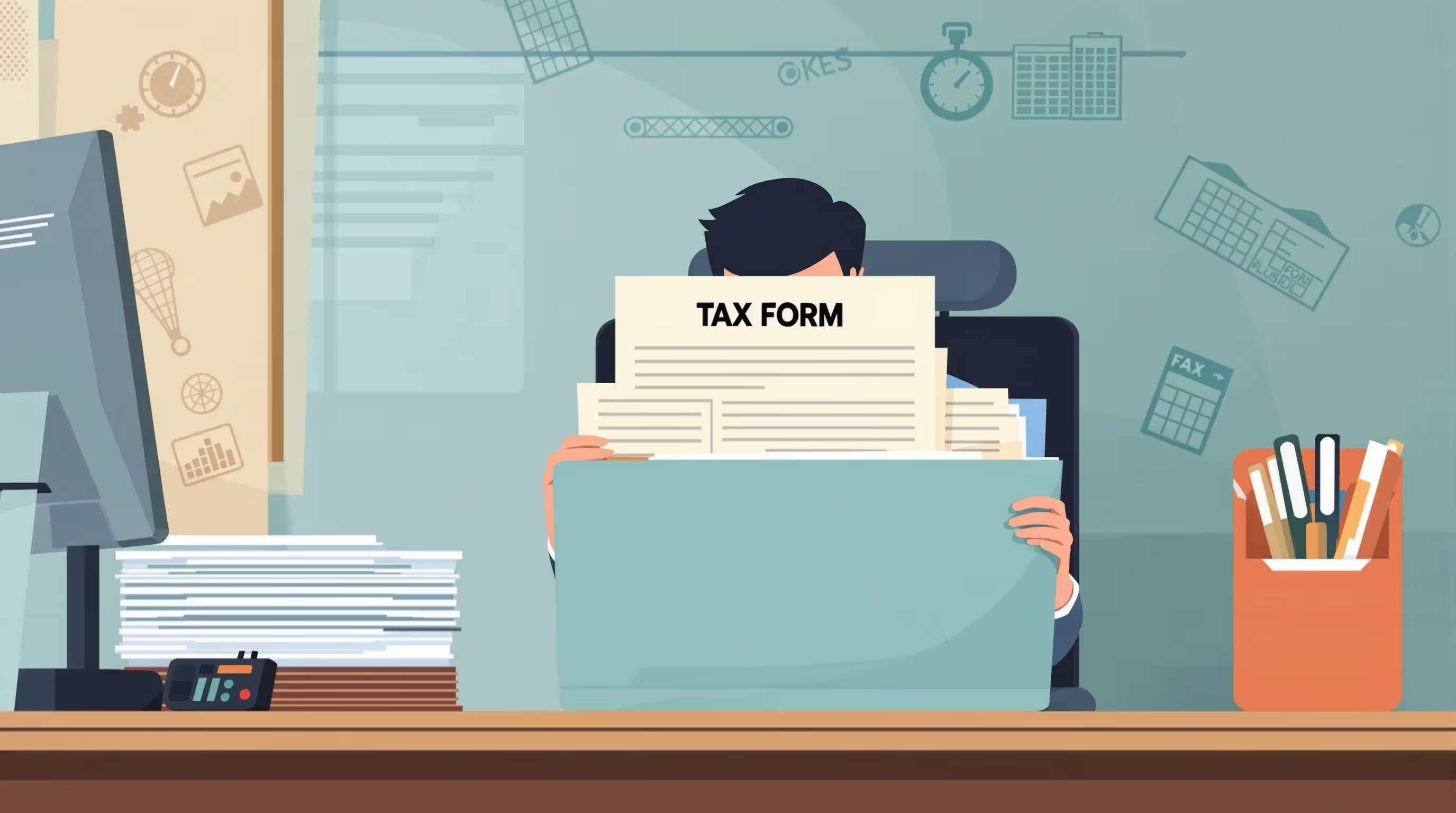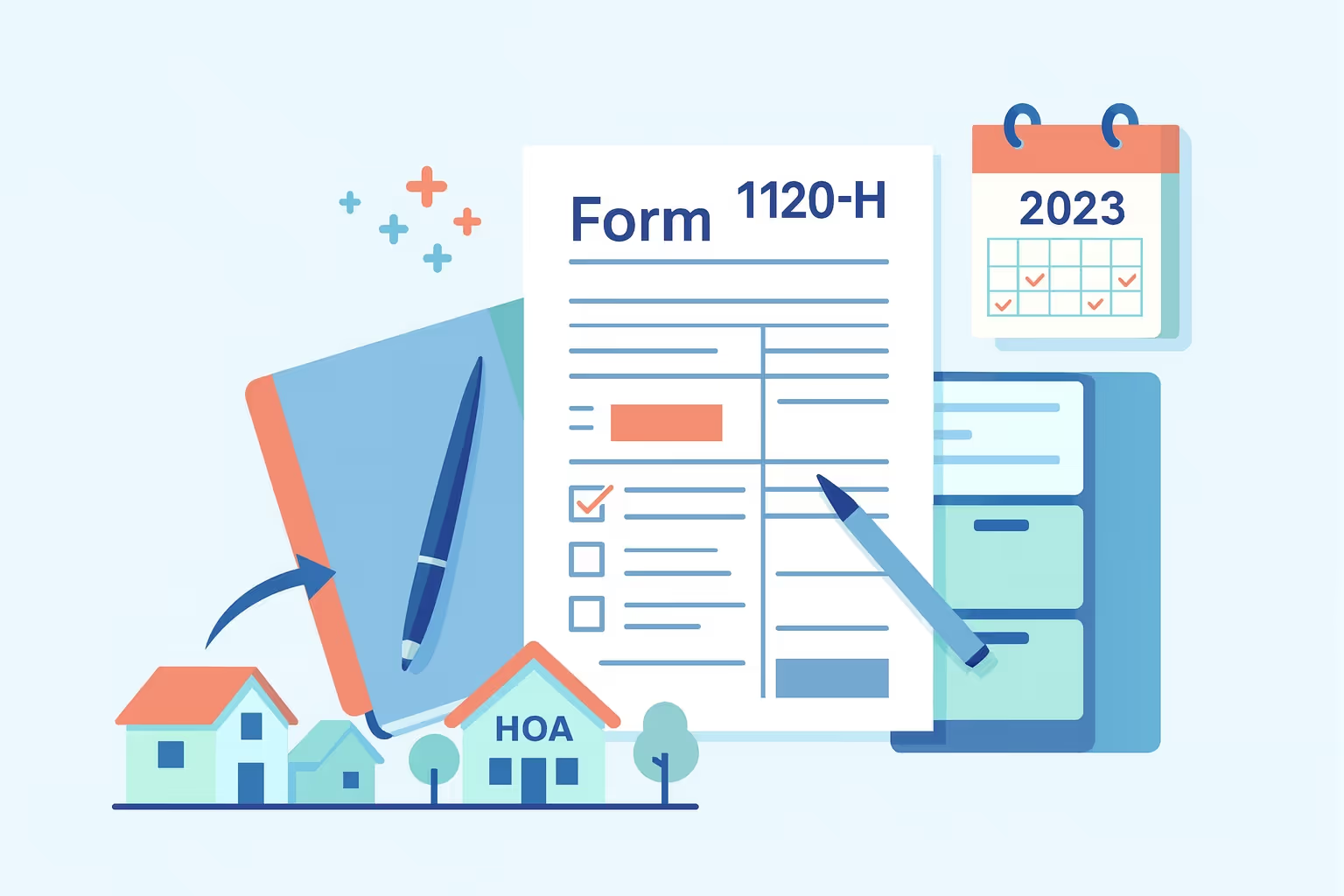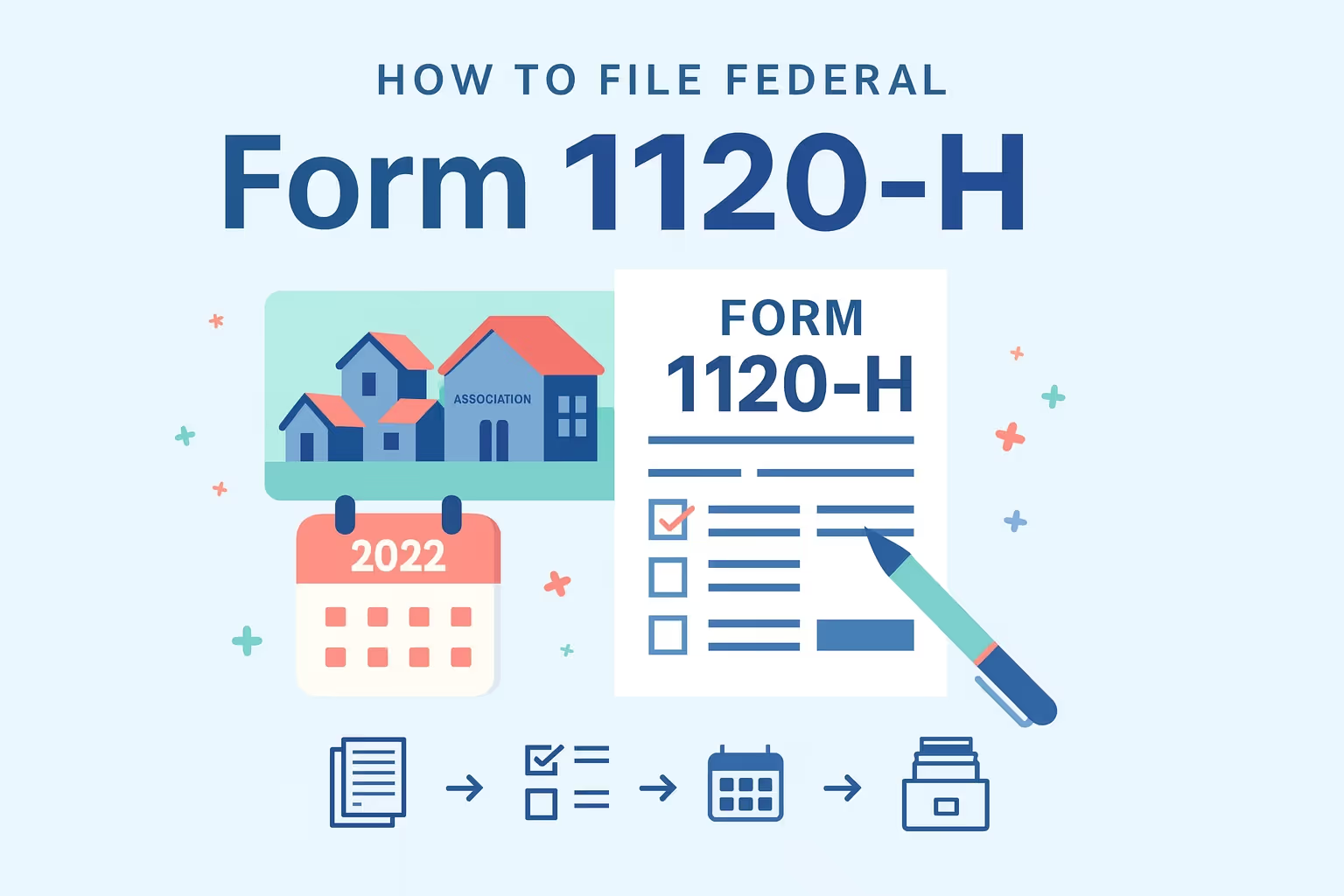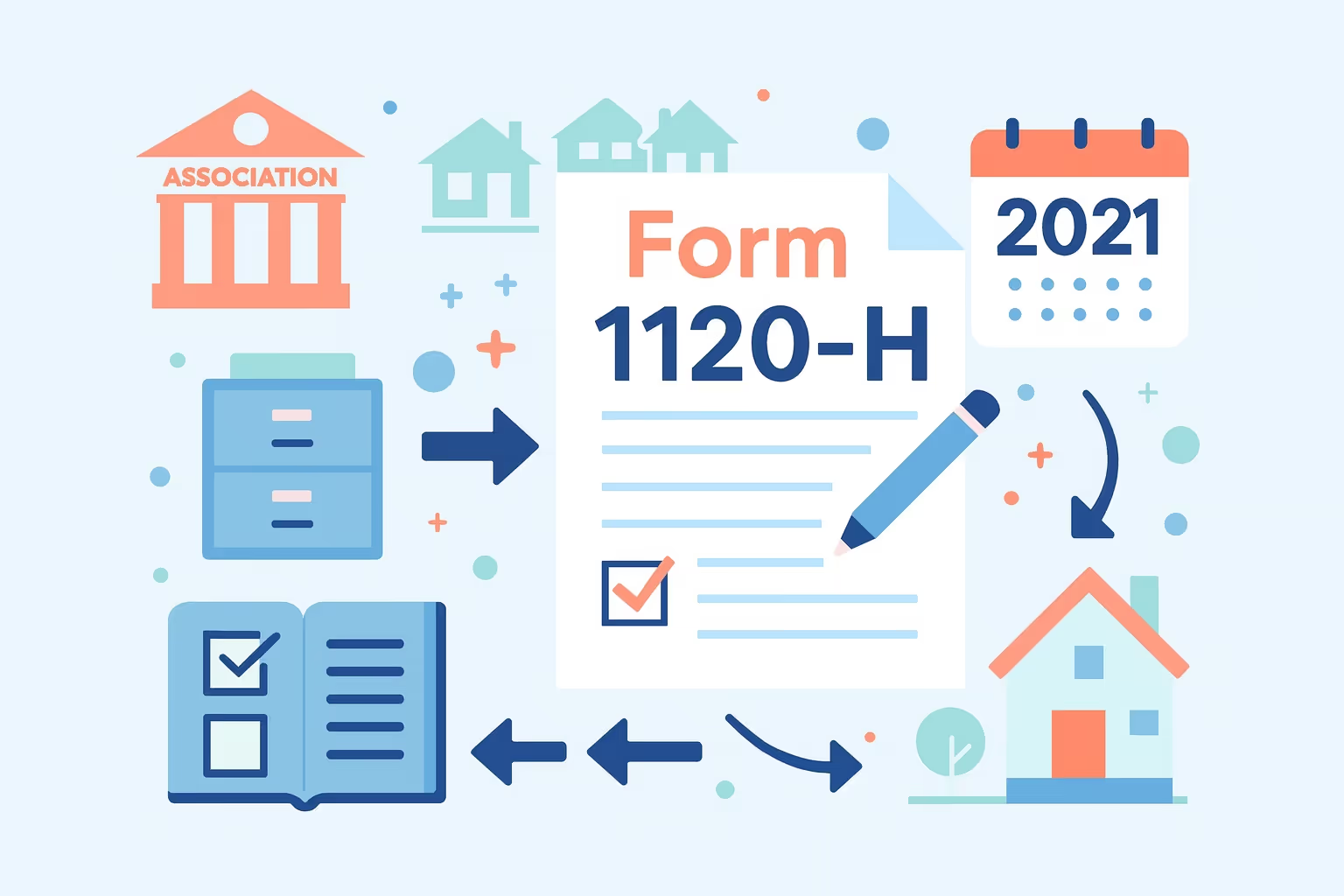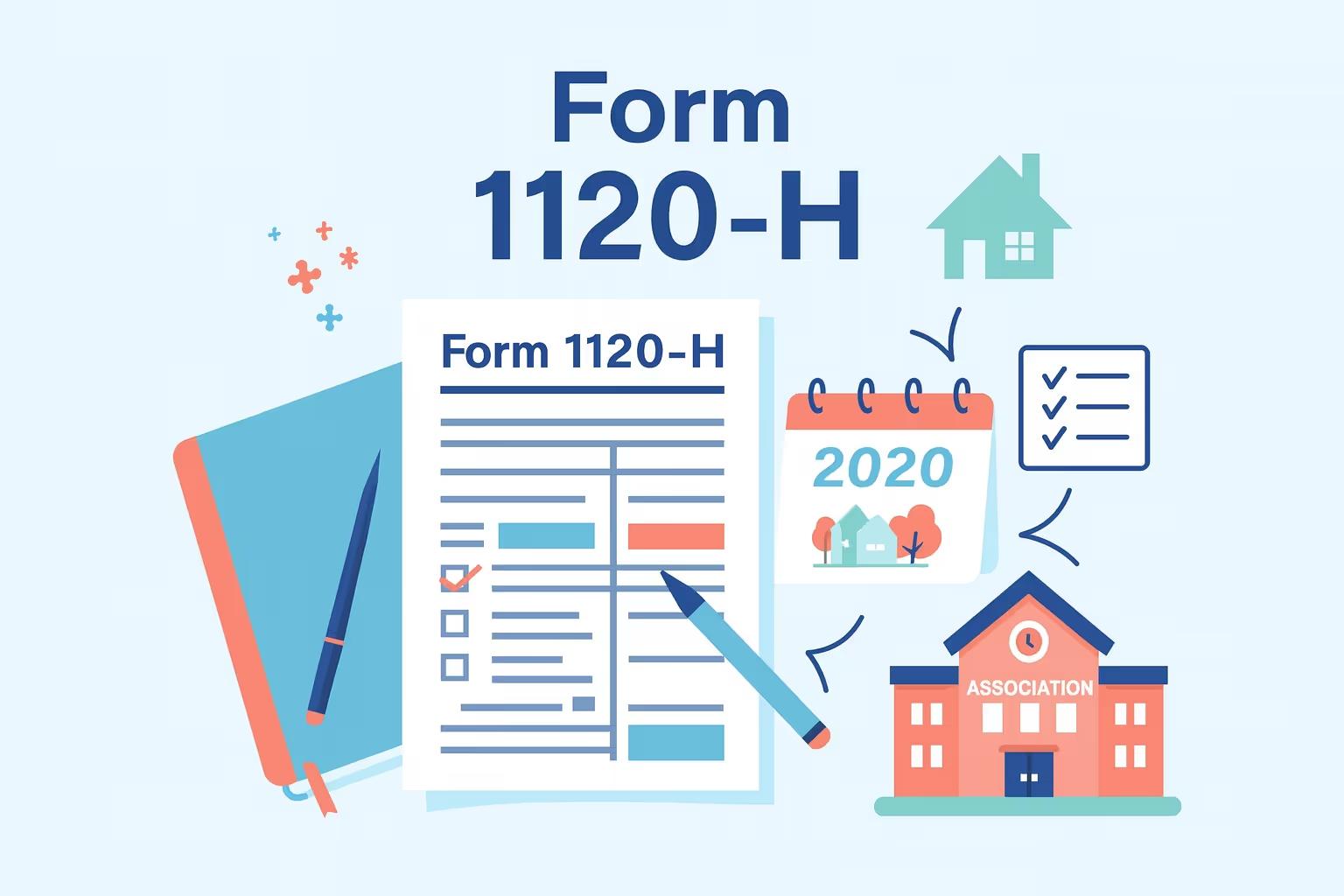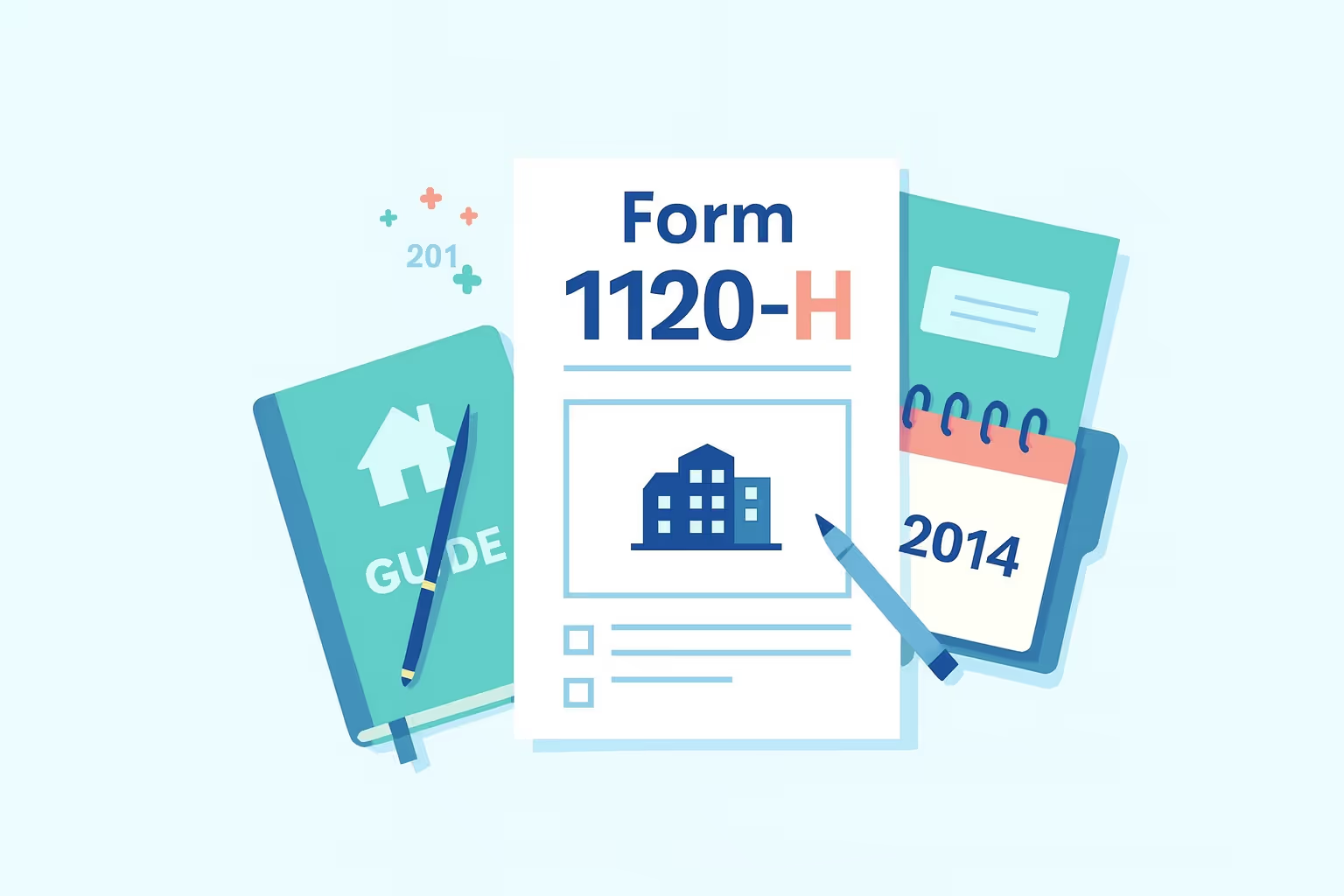
What IRS Form 1120-H (2016) Is For
IRS Form 1120-H (2016) is the income tax return used by homeowners' associations that elect to file under Internal Revenue Code Section 528. This election provides certain tax benefits by allowing associations to exclude exempt function income from taxable income when they meet the qualifying tests. A condominium management association, residential association, or timeshare association may use this form instead of a full corporation income tax return when exempt function income consists mainly of membership dues, assessments, and payments collected for association services and maintenance of association property.
Form 1120-H simplifies filing because it requires reporting only the association’s income that is not exempt from taxation. This helps reduce errors while giving associations an advantage by avoiding more complex forms. To elect this filing method, the association must show that at least 60% of gross income is exempt and that at least 90% of the association’s expenses relate to property maintenance and operations.
When You’d Use Form 1120-H for 2016 (Late or Amended Filing)
A homeowners association may need to file Form 1120-H for tax year 2016 if it has never filed, received an IRS notice, or must correct an earlier tax return. Many associations file late returns when the IRS contacts them about an unpaid balance, missing information, incorrect banking information, or other filing issues. Filing late does not relieve the obligation to file on time. Penalties and interest continue until paid in full.
You may also file an amended income tax return for 2016 if the association reported inaccurate assessments, listed the wrong profit or interest amounts, or misclassified taxable income as exempt. Refund claims for 2016 have expired because the three-year statute of limitations has closed, so money already paid is generally not recoverable. Even so, completing an accurate return helps ensure the IRS account is correct and prevents additional notices.
Key Rules Specific to 2016
- Due date change: 2016 was the first tax year when IRS Form 1120-H was due on the 15th day of the fourth month after the end of the year (April 15 for calendar-year filers).
- Late filing penalty: Returns filed more than 60 days late were subject to the smaller of the unpaid tax or a $205 minimum penalty, plus interest until paid.
- Flat tax rates: A 30% rate applied to condominium and residential associations, while a 32% rate applied to timeshare associations, based only on taxable income.
- Qualifying tests: Associations needed to have at least 60% of their gross income from exempt sources and at least 90% of the association’s expenses tied to maintaining or managing association property.
- Electronic filing: Associations could e-file the return for this tax year, but mailing the form to the correct mailing address was still permitted.
Browse more tax form instructions and filing guides in our Forms Hub.
Step-by-Step (High Level)
- Gather IRS transcripts: Request the 2016 account transcript to check if a return was filed, what was paid, and whether the IRS shows a balance owed.
- Complete the 2016 form: Always use the correct 2016 version of Form 1120-H to avoid IRS requests for additional information.
- Attach schedules: Include schedules for interest, real estate taxes, and other items affecting the association’s income.
- Submit filing: File Form 1120-H by mail or e-file if available for your association.
- Maintain records: Print and keep a copy of the filed form, all schedules, and proof of payment.
- Confirm receipt: Use certified mail or rely on e-file confirmation, which includes the locked padlock icon indicating that the IRS has accepted the filing.
Learn more about federal tax filing through our IRS Form Help Center.
Common Mistakes and How to Avoid Them
- Using the wrong year’s form: Always complete IRS Form 1120-H (2016) rather than a newer version to prevent rejected filings.
- Misclassifying taxable income as exempt: Review interest, rental income, and other non-member payments to confirm whether they are taxable.
- Failing the 60% or 90% tests: Verify gross income sources and the association’s expenses before electing Form 1120-H.
- Applying the wrong flat tax rate: Confirm whether the association is a condominium/residential association or a timeshare association.
- Leaving Items A–E incomplete: Double-check the EIN, mailing address, and banking information.
- Overlooking estimated tax payments: Compare IRS transcripts with association records to ensure payments already made are appropriately credited.
- Not attaching required schedules: Include schedules affecting taxable income, such as real estate taxes or interest.
- Failing to respond to IRS notices: Respond promptly to requests for additional information or clarification.
- Not consulting an accountant: A tax professional familiar with associations helps ensure the form is completed correctly.
Learn more about how to avoid business tax problems in our guide on How to File and Avoid Penalties.
What Happens After You File
The IRS generally processes a late or amended return for this tax year within 8–12 weeks. Once the IRS reviews the tax return, the association may receive a balance-due notice, a request for additional information, or confirmation that the return has been accepted. If the association cannot pay the tax owed, it may request a payment plan through an installment agreement or by submitting Form 9465. Monthly payments help pay off the principal over time, although interest and fees continue until the full amount is paid.
If the IRS disagrees with the filing, it will mail a notice that describes the subject of the adjustment and provides instructions on how to respond. Associations must reply to keep the process moving and avoid additional penalties.
FAQs
Can I still file IRS Form 1120-H (2016) even though it’s late?
Yes, even if the IRS mailed a notice or the return was never filed, the association must complete the form. Penalties and interest continue until paid, but late filing is still required.
What tax benefits apply to a 2016 filing?
The main tax benefits come from the ability to exclude exempt function income and report only taxable income. This eliminates the need for a full corporate tax return, enabling associations to complete the process more efficiently.
When should an association use Form 1120-H?
Use Form 1120-H when correcting a 2016 income tax return that contains errors in assessments, taxable income amounts, or exempt income classification.
How does an income tax return for 2016 affect later years?
If the 2016 tax return was never filed or was filed incorrectly, later filings may be affected. The IRS may contact the association about unpaid balances or missing forms.
Can we request a payment plan?
Yes, associations may request a payment plan through installment agreements when they cannot pay the full amount owed. Monthly payments allow the association to pay principal gradually while keeping the IRS account current.









